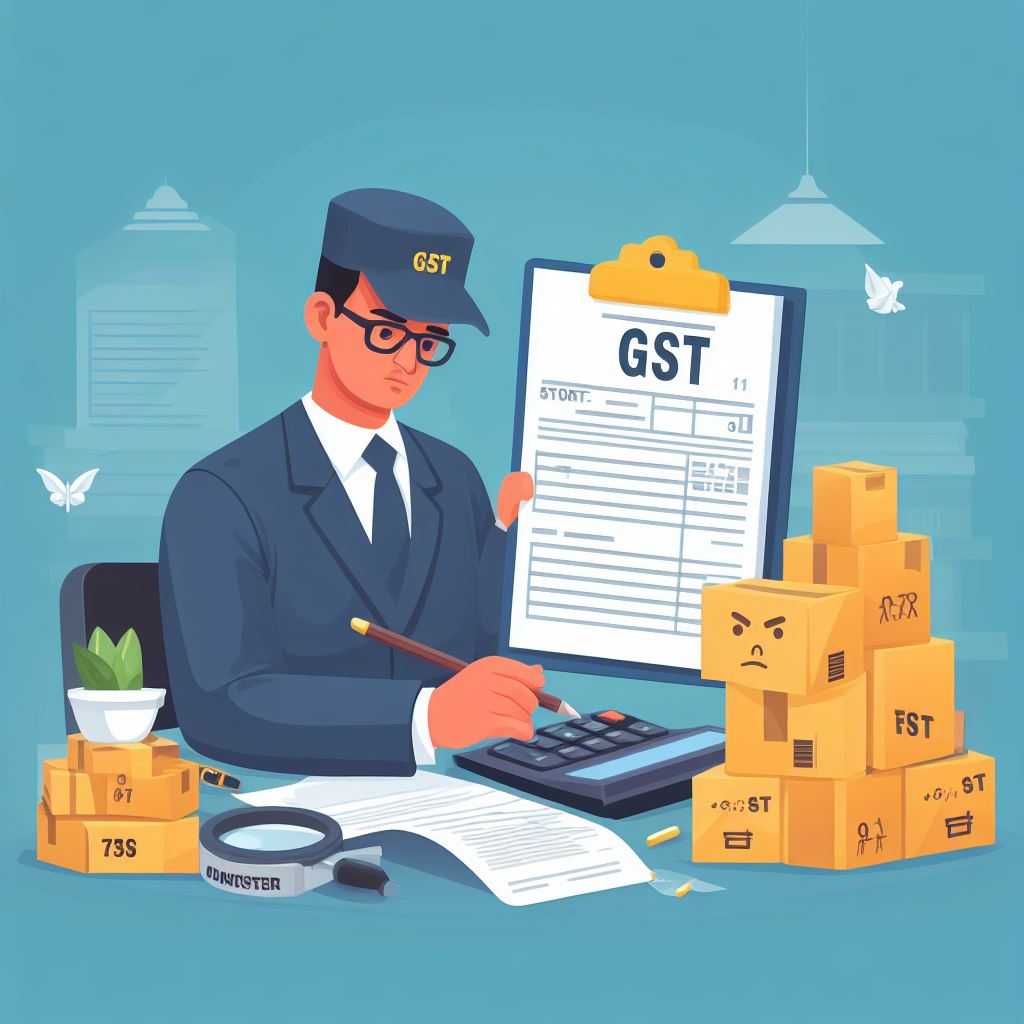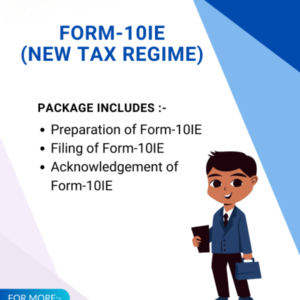What is GSTR-1?
GSTR-1 is a monthly or quarterly return filed by a registered taxpayer under the GST regime. It provides details of outward supplies (sales) made by the taxpayer, including both taxable and exempt supplies, along with the applicable taxes such as CGST, SGST, and IGST. Essentially, it reports your outgoing transactions to the GST authorities.
Who needs to file GSTR-1?
All normal and casual registered taxpayers who make outward supplies of goods and services are required to file GSTR-1, except for:
- Input Service Distributors (ISDs)
- Composition taxpayers
- Persons liable to deduct tax under Section 51 (TDS)
- Persons liable to collect tax under Section 52 (TCS)
What information is included in GSTR-1?
GSTR-1 includes several sections with detailed information about your outward supplies:
- Invoice Details: Invoice number, date, and value.
- Customer Details: Name and GSTIN of the recipient.
- Product/Service Details: HSN/SAC code for goods or services supplied.
- Taxable Value: The value of the supply before taxes.
- GST Rate: Applicable rate of CGST, SGST, or IGST.
- Tax Amount: Calculated amount of CGST, SGST, and IGST.
- Total Tax Liability: Sum of all taxes (CGST, SGST, IGST).
- Additional Details: Depending on the type of supply, sections for reverse charge mechanism, export details, etc.
Filing Frequency
- Turnover up to Rs. 1.5 crore: Monthly filing of GSTR-1, GSTR-3B, and GSTR-2A.
- Turnover between Rs. 1.5 crore and Rs. 5 crore: Quarterly filing of GSTR-1, GSTR-3B, and GSTR-2A.
- Turnover above Rs. 5 crore: Monthly filing of GSTR-1, GSTR-3B, and GSTR-2A, and annual filing of GSTR-9.
Due Dates
- GSTR-1: 15th of every month
- GSTR-3B: 20th of every month
- GSTR-2A: 15th of the next month
- GSTR-9: Within 3 months of the end of the financial year
Late Filing Penalties
Late filing of GST returns results in penalties, which increase based on the delay in filing.






Reviews
There are no reviews yet.